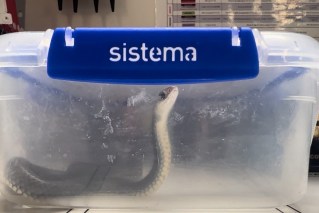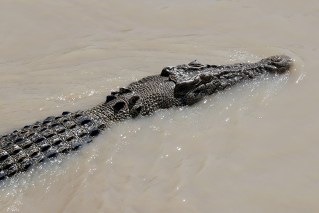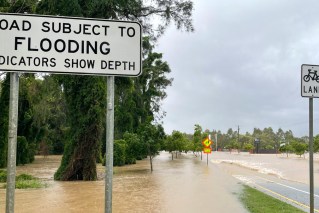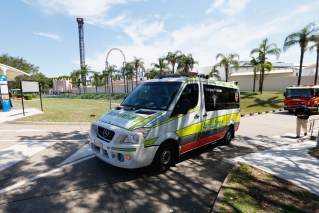Turtles suffer shell-eating disease in Qld
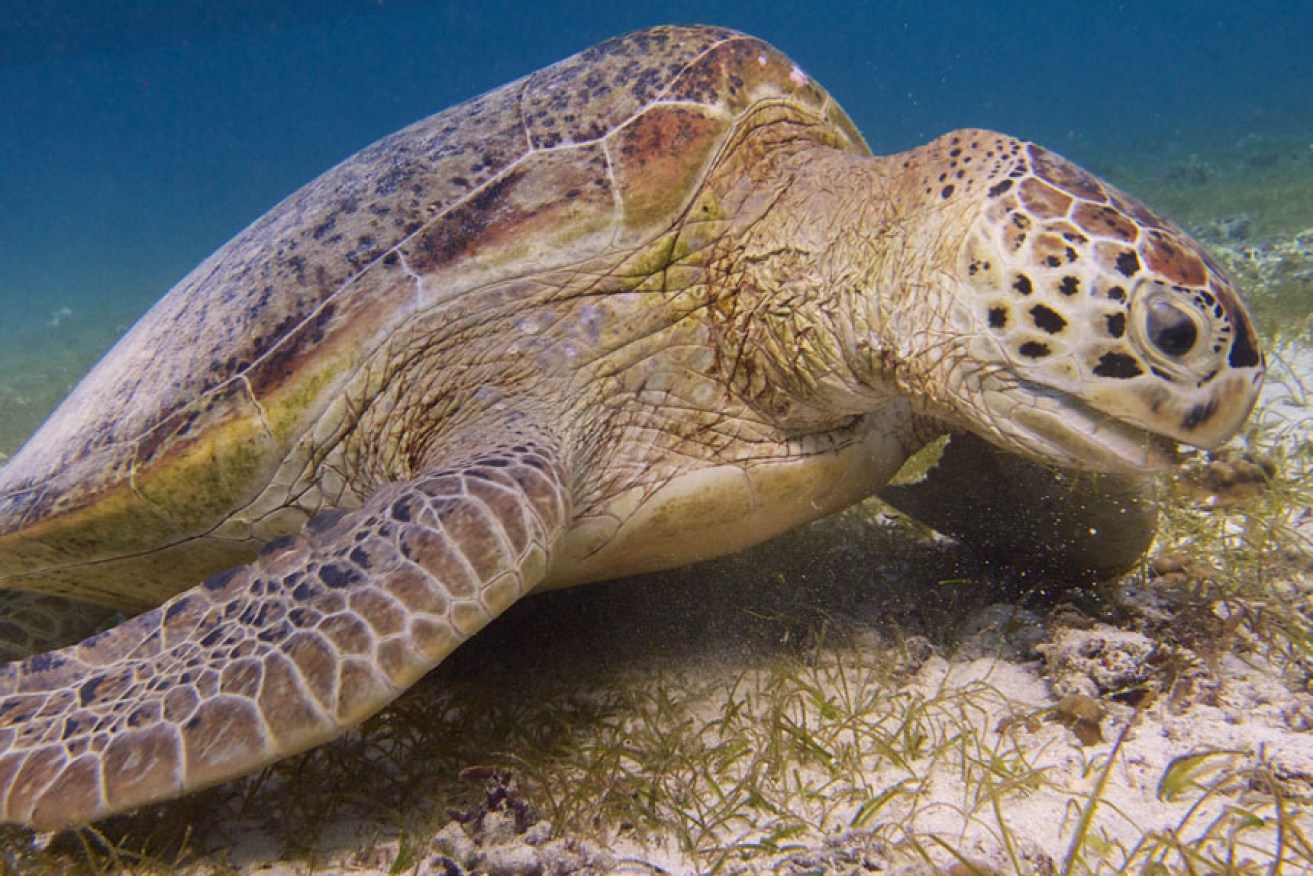
The shell-rotting disease was discovered among turtles in Hervey Bay waters. Photo: AAP
A mystery disease rotting the protective shell of sea turtles has been discovered as increasing numbers of stranded, starving and dead reptiles wash up on Queensland beaches.
The turtles already face the dire threat of starvation after floods smothered Queensland’s seagrass meadows with sediment.
Conditions will only get worse in the coming months as the marine reptiles struggle to find food, University of the Sunshine Coast’s Kathy Townsend says.
“Sediment washed out from rivers and creeks during the extreme rain events is smothering seagrass beds in flood-impacted areas along the Queensland and NSW coast, reducing the quality and quantity of the turtles’ primary food source,” the associate professor of animal ecology said.
“Sea turtles usually spend summer fattening up before the annual winter dieback of seagrass, but the floods have compromised this, resulting in the poor health of turtles and more strandings.”
“We anticipate seeing more starving and deceased turtles as winter progresses.”
Animal rescue groups have been swamped with reports of turtle strandings, leading to the discovery of the new disease among turtles in Hervey Bay waters.
Since the floods, infected turtles have been found with skin and scales shedding from the carapace or hard outer shell, leaving it soft and sponge-like and, in the worst cases, exposing bare bone.
“This is the first time this has been documented in sea turtles, and so far, we believe it is contained to the Wide Bay region,” Dr Townsend said.
Rescue groups are working with the University of Queensland’s School of Veterinary Science to determine if the disease is viral, bacterial, parasitic or is being caused by pollutants.
Turtles in Trouble rescue co-coordinator Ali Hammond said the number of deceased and injured animals washing up on the coastline had hit a record high.
“We had a record 99 callouts in March, more than half had no visible injuries or obvious illness. They were perhaps resting and conserving energy while searching for food,” she said.
“April has been busy so far, with an increase in the number of deceased turtles washing up on beaches.
“Many of the turtles are showing signs of malnourishment, but we can’t rescue them all, as we and the wildlife hospitals would be overwhelmed.”
The worst cases are sent to Australia Zoo’s Wildlife Hospital in Beerwah. The others are given health checks, with the data shared with USC researchers.
– AAP

